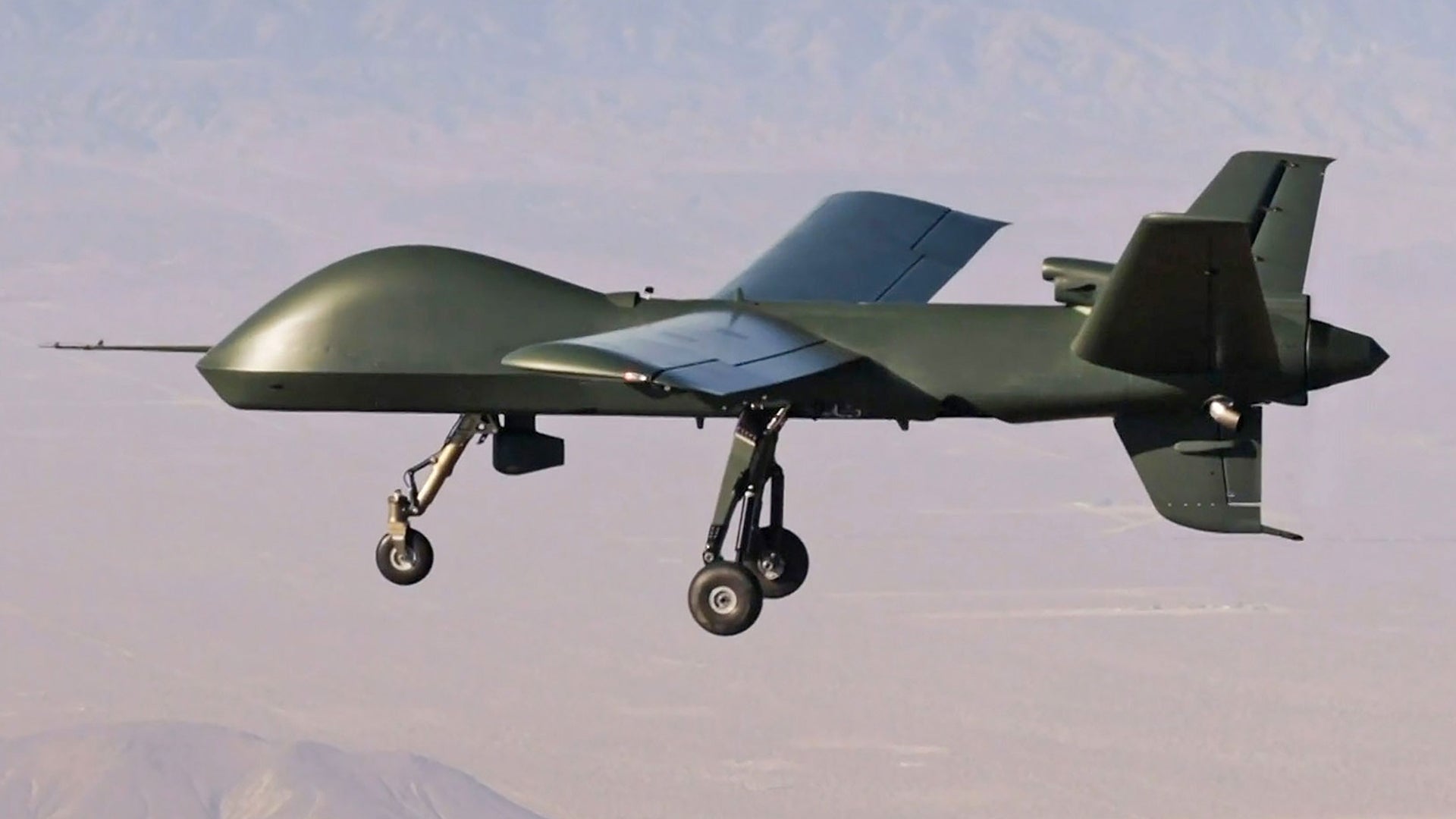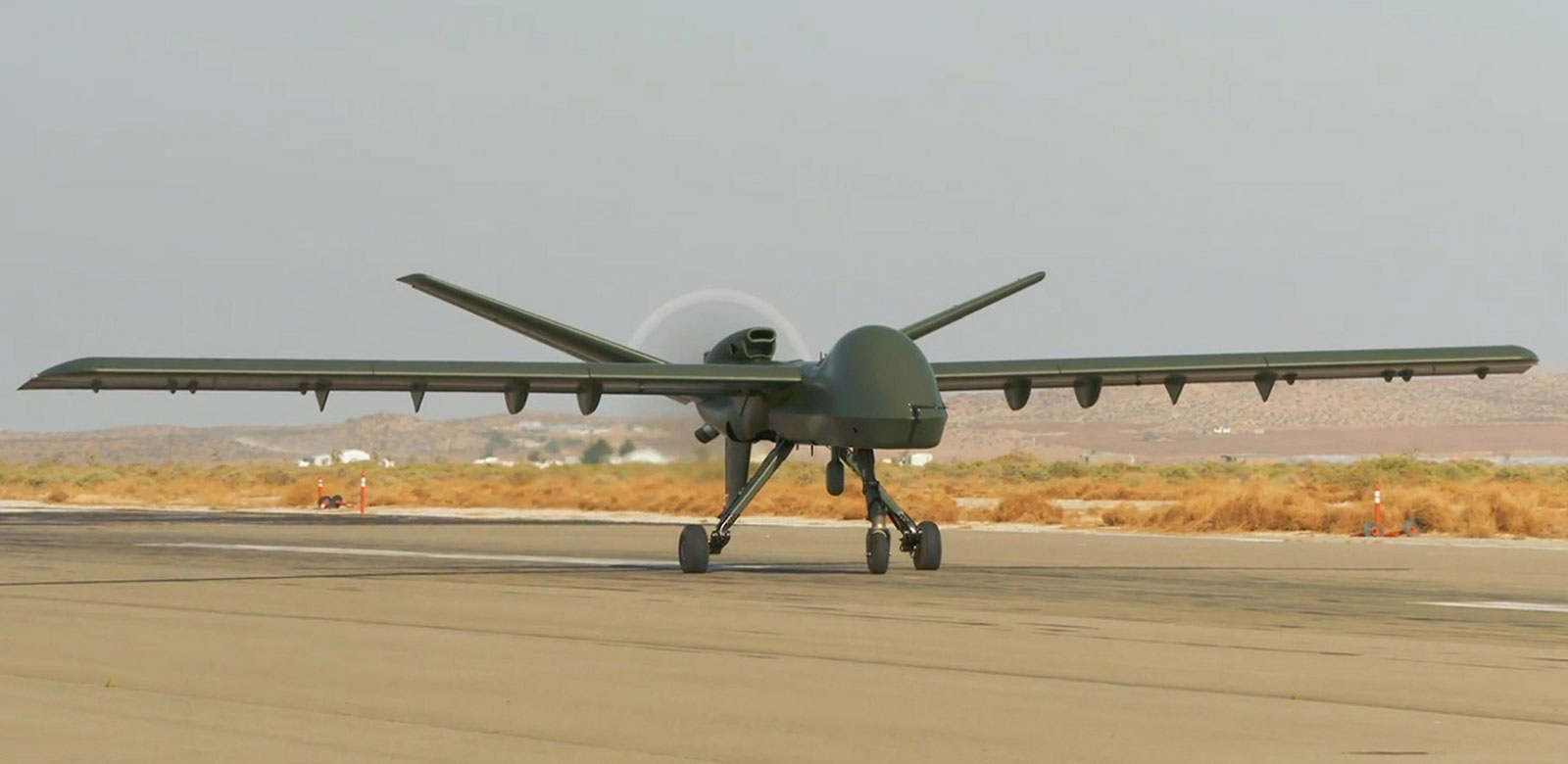Mate this is far greater than a TB2 lol.
Look at the payload difference, 16 fu**king hellfire missiles. Such a small UAV with that payload capacity is unheard off
Mojave's (or MQ-9B STOL packages') avionics and flight control systems are built upon the systems of the MQ-9 Reaper and MQ-1C Gray Eagle-Extended Range (ER), parts of a fleet boasting over 7 million hours of operation. These systems are not tactical UAVs, they are longrange and medium altidude UCAVs with an operational range of thousands of kilometers, and payload capacity of minumum 1000lb and up to 3500lb.
The TB-3, on the other hand, is a part of UAV system-of-systems specially customized for the LHD ships, mainly developed over the TB-2 infrastructure, including some systems to be included in AKINCI, and its main purpose is a tactical class, piston turbodiesel that can be operated with JP-8/Jet-A1 fuels with very low maintenance costs, minumum logistic difficulty.
Tactical block 2 has a payload capacity of 330 lb, while Tactical block 3 is targeting a maximum payload capable of around 650 lb for the ship launch configuration. Tactical block 2 communication range is maximum 300 km(without adding another communication relay) due to technical constraints, Block 3 will be connected with satcom and data link and range constraint will be parallel to maximum flight time. As in Block 2, a maximum flight time of over 27 hours is targeted for Block 3. Likewise, Tactical block 3 will perform fully autonomous landing and take-off like its predecessor. The operator reaction time difference of the TB-2 is around 2 seconds. The new block will have instant intelligence and strike capability just like its predecessor.
This system is compared to development activities such as the MQ-9B/Mojave in the USA, due to the fact that it does not require any operator control during landing and take-off from ships and some other autonomous capabilities it will acquire from AKINCI.
The fact that a navy drone with these capabilities is in tactical class dimensions and in the range of operational costs is perfectly compatible with the doctrine on which the Turkish naval forces are working and has already been shaped in line with these requirements in the aircraft in question.
In addition, the PD-170 (which powered to the TB-3) is ready and creates an area that we can use in drone development in this class without any restrictions.
So what will be the solution for higher mission speed, different mission altitude envelopes, attack profiles and ammunition capacity? Continuing developments in this regard is the MIUS-Block-1, aka Kızılelma, which is targeted to serve with a turbofan engine and 3500lb ammunition lifting capacity at high-subsonic speeds.
The TB-3 will be commissioned first and will be the first operational drone in its field. Then Kızılelma(MIUS block-1) and Kızılelma-II(MIUS block-2) will be on roadmap. In the timeline that the TB-3 is no longer needed, probably the TB-4 works will start in tactical class weights and dimensions.
There is a confusion by some circles in the ongoing activities in Turkiye, since we cannot explain these class differences well enough.












